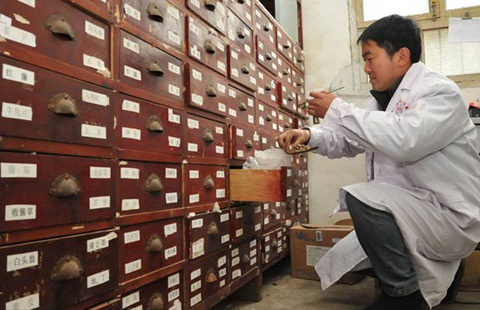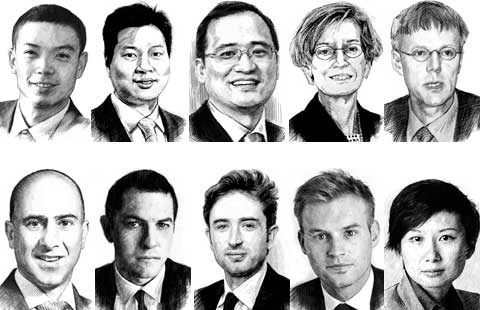US industry starts to create more jobs
(Agencies) Updated: 2015-01-14 14:18Recession's damage
Though the unemployment rate is back to a nearly healthy level, many other measures of the job market remain subpar.
There are still 6.8 million people working part time who can't find full-time jobs, up from 4.1 million before the recession. Each of those workers potentially competes with the unemployed for full-time work, thereby holding down wages.
And there are 2.3 million people who have recently stopped looking for work, some of them because they grew discouraged about their prospects. Others chose to return to school or to care for relatives. That's up from 1.3 million before the recession.
Robots take the blame
What's happened in the auto industry reveals much about how the economy has been transformed-and why a nearly normal 5.6 percent unemployment isn't igniting wages.
Sales of new cars last year reached 16.5 million, the best performance since 2006. But the gains have yet to restore every auto job lost to the recession-let alone expand the industry's employment over the past eight years. The number of autoworkers remains about 160,000 shy of pre-recession levels of more than 1 million.
The reason: Companies fear returning to the days when they had too much factory capacity. So they're squeezing more production out of less capacity. Emerging from the recession, automakers reconfigured factory floors and added robots to produce more vehicles from fewer plants and fewer workers.
Demographic reason
Seen more Uber-riding, Snap-chatting millennials?
Since the start of graduation season in May, employers have hired an additional 1.67 million college graduates-nearly 60 percent of all jobs added last year. In the past year, the number of 25-to-34 year-olds with jobs has climbed a solid 2.5 percent.
Because so much hiring has disproportionately occurred in recent months, Wells Fargo chief economist John Silvia figures that wages might be held down because many lower-paid entry-level workers are finding jobs. Their influx cuts into average wages while simultaneously reflecting the strength of job growth.
Global reality
No matter how much the US economy improves, US workers still face competition from billions of workers in China, India, Eastern Europe and elsewhere who weren't part of the global economy a decade or two ago.
That most of those economies, as well as Japan and the rest of Europe, are stumbling only intensifies the competition for jobs. Weak growth overseas has lowered interest rates and inflation and therefore tempered pay growth-in many of the United States' competitors. That means US workers face continued low-wage competition.
At the same time, the dollar's value is rising against other currencies, thereby making US goods costlier overseas. This limits the ability of US workers to secure higher pay. Many US companies can move operations overseas.
- Fancy sportscars premiere at Detroit auto show
- Coffee bulls return as drought hurts Brazil crop production
- His wealth gone, man still helps those in trouble
- Trainmakers deny insider trading charges
- 2015 monetary policy, prudent with fine-tuning
- Exploration losses loom for oil majors
- Tesla China sales weak, promises Model X by Q3
- Explorers look to the long term with shale gas
















